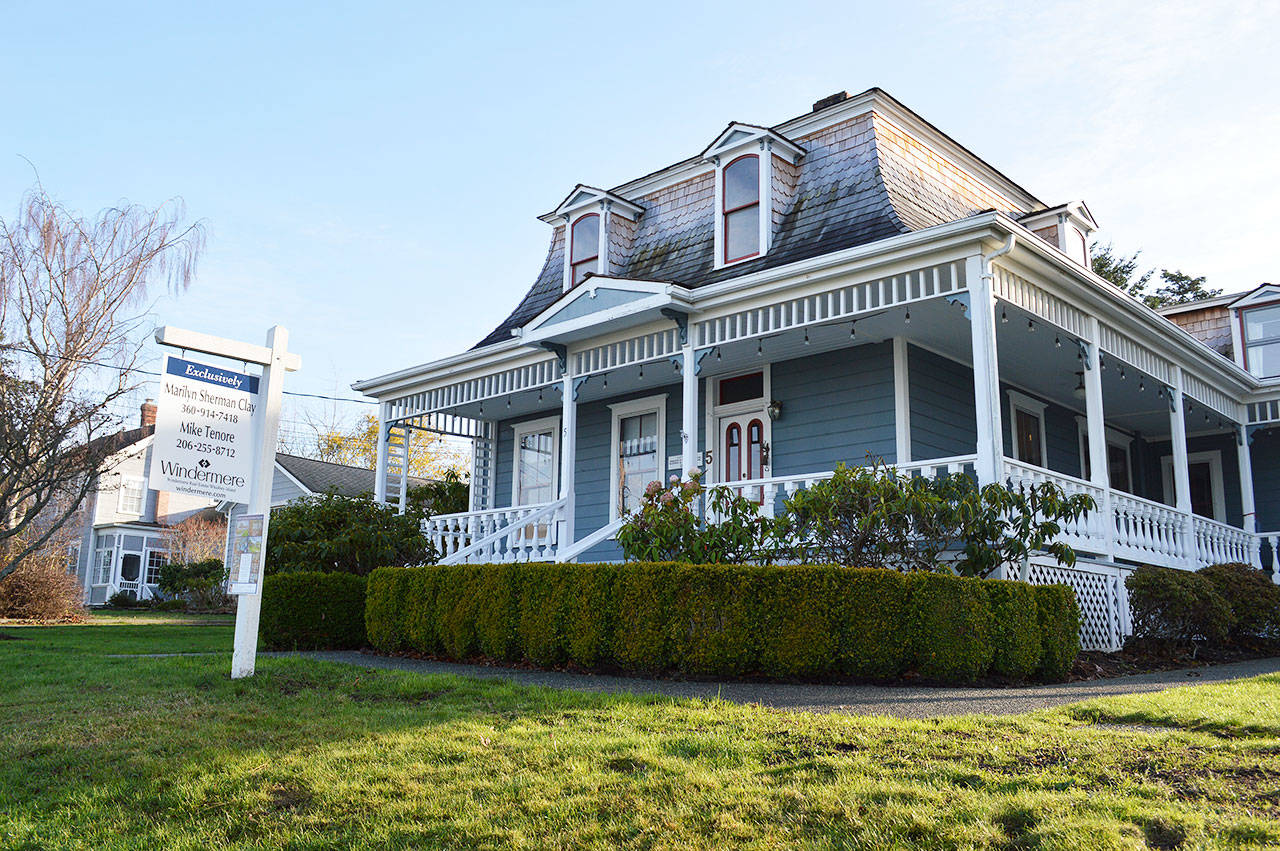A recent housing needs analysis found a significant deficit in available, affordable housing in Island County for households making $50,000 a year or less. The analysis was completed as part of an update to the housing element of the county’s comprehensive plan.
“This is eye opening,” County Commissioner Rick Hannold said in regard to the housing unit deficits.
Island County Planning and Community Development staff and a consultant evaluated the current housing conditions in the county and estimated future housing needs to inform potential policy changes.
For households making between $25,000 and $49,000, there is a deficit of over 1,000 affordable units.
The analysis found over one third of households in the county are cost burdened, which means they spend more than 30 percent of their annual income on housing. The problem is especially prevalent for renters and those making less than $35,000 annually, with 50 and 70 percent respectively being cost burdened.
The lack of availability is a main cause of households spending so much of their income on housing. New unit construction sharply declined in 2009 as a result of the recession, with just 1,200 new units built since 2010. Of those units, only 56 were multifamily units. Potential renters face the most scarcity; only 1.3 percent of all housing are vacant, for-rent units.
The analysis identified the most significant factors that determine the county’s changing housing needs: age of heads of the household, size of households and income.
Nearly 23,000 new residents came to Island County between 1990 and 2016 and 2,000 of those arrived in 2016 alone — the largest population increase in 10 years. This growth is projected to continue to more than 5,000 new people between 2016 and 2036, mostly occurring in North Whidbey.
This estimate takes into account an expected total growth of 8,600 military personnel coming to Naval Air Station Whidbey Island in that time period.
The population of Island County is also aging. The median age is 44, seven years older than what it was in 2000.
The percentage of people aged 60 and older is projected to increase by over 2,000 and continue to be the largest age group in the county.
There is also a projected increase for people aged 20 and younger between the year 2020 and 2040.
These changing demographics will influence the demand for particular housing types. As baby boomers continue to retire, there will be an increased demand for senior-specific developments. Many individuals may wish to downsize to smaller single-family units, move to an age-restricted dwelling or into an assisted living facility.
As millennials continue to start families, demand will increase for more affordable types of multifamily units as well as single-family housing.
Island County is also becoming more ethnically diverse, particularly with increasing Latino and Hispanic populations in Oak Harbor and Coupeville.
This growth will increase the demand for all types of housing. Latino and Hispanic households are statistically larger with more children and often are more likely to be multigenerational.
Income in the county, adjusted for inflation, decreased by 9 percent between 2000 and the 2011-2015 time period to $58,815 a year. Housing prices grew faster than income, and 56 percent of homes sold for $300,000 or more in 2017.
Rental costs are higher in Island County than the state average, and 27 percent of residents can’t afford a two-bedroom apartment. For the 11 percent of households earning less than $19,920 a year, there are no attainable housing types available, as determined by the U.S. Department of Housing and Urban Development.
The report, presented to both the Board of Island County Commissioners and the county planning commission, highlighted the need for a greater variety of housing types. As the cost of housing increases, so will a demand for denser housing and multifamily units.
Commissioner Helen Price Johnson said she hopes the information will spur private action in addition to county regulatory changes.
“This report helps put some data in place so people can make investment decisions around housing,” she said. “That’s what I think is exciting.”
The next step in the housing element update is to identify barriers and resources for fulfilling these housing needs.



